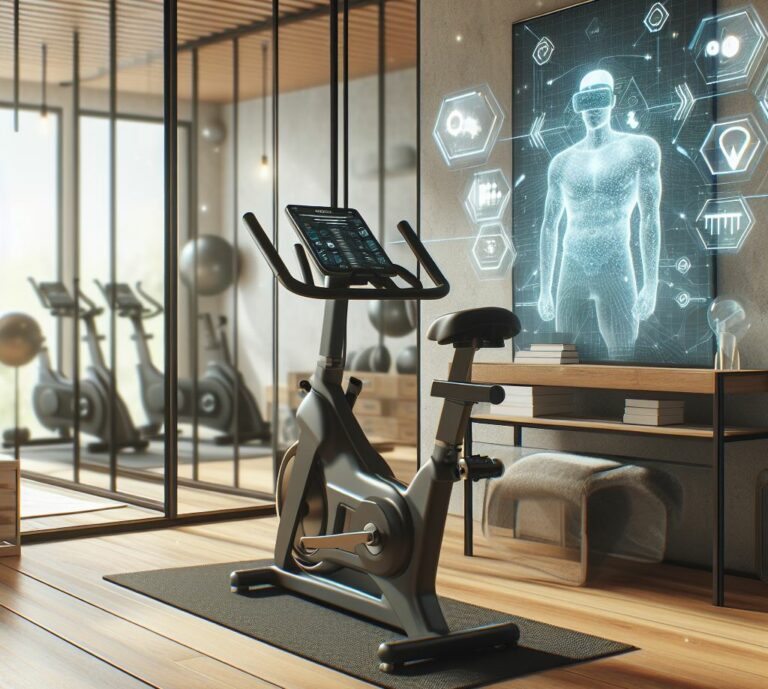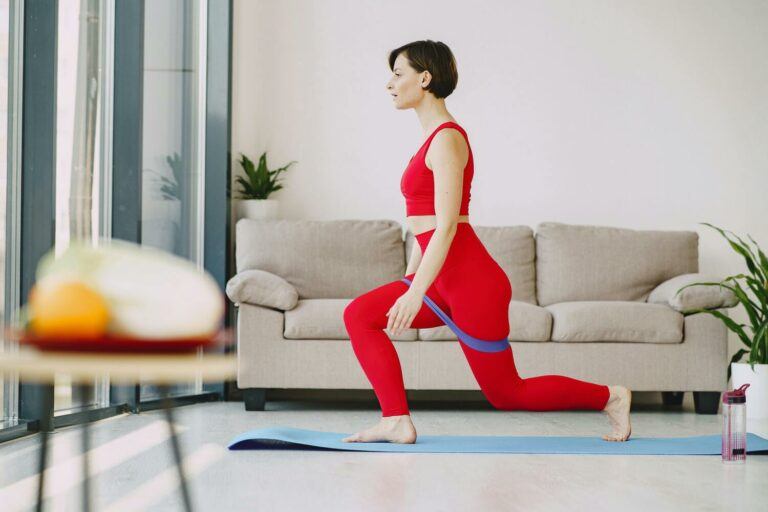Congratulations on taking charge of your health and creating your own home gym!
Equipping your workout space can be exciting, but with so many options, it’s easy to make costly mistakes.
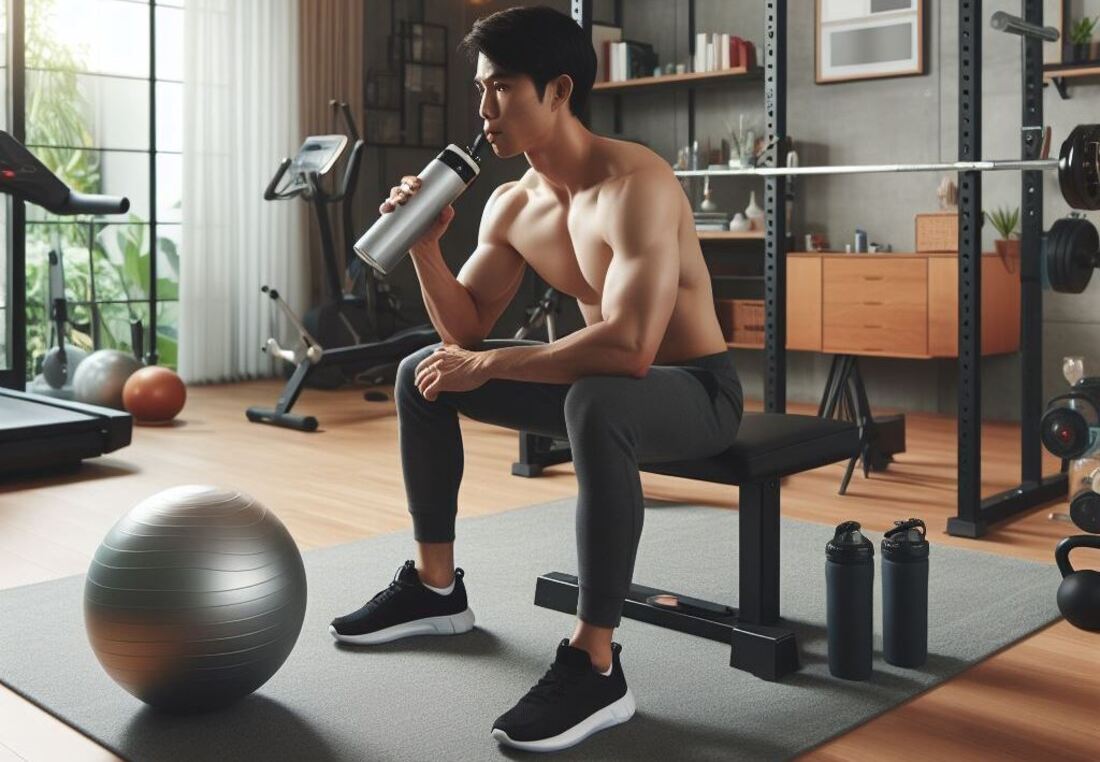
Here we will explore the top 5 pitfalls to avoid when buying home gym equipment, ensuring you get the most out of your investment.
The Rise of the Home Gym
The home gym trend is booming, and for good reason.
Personalized workouts at your own convenience offer a wealth of benefits: flexibility, time savings, and a comfortable environment.
But before you jump in and buy everything that catches your eye, avoid these common mistakes to create a home gym that perfectly supports your fitness goals.
Pain Points:
- Wasting money on unused equipment
- Choosing the wrong equipment for your fitness goals
- Buying flimsy equipment that breaks easily
- Cramming bulky equipment into a limited space
- Missing out on essential accessories
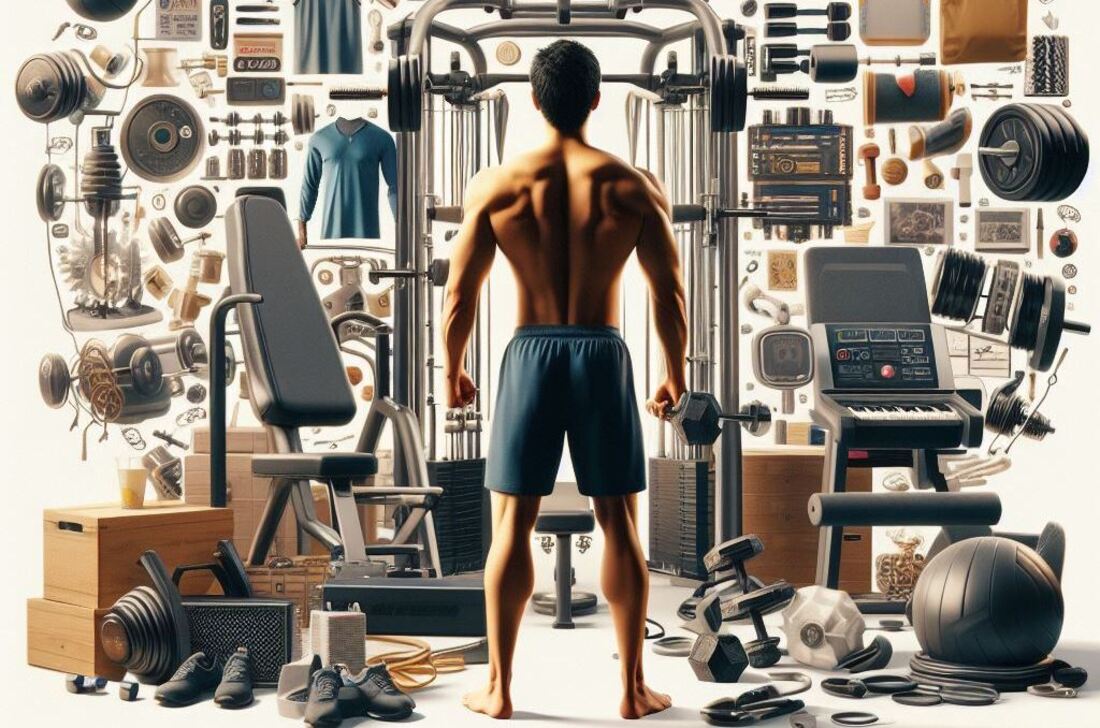
Key Takeaways:
- Prioritize your fitness goals and workout style.
- Consider space constraints and noise levels.
- Invest in quality equipment that will last.
- Research warranty options and return policies.
- Explore versatile and adjustable equipment.
Mistake #1: Falling for Fad Features Over Functionality
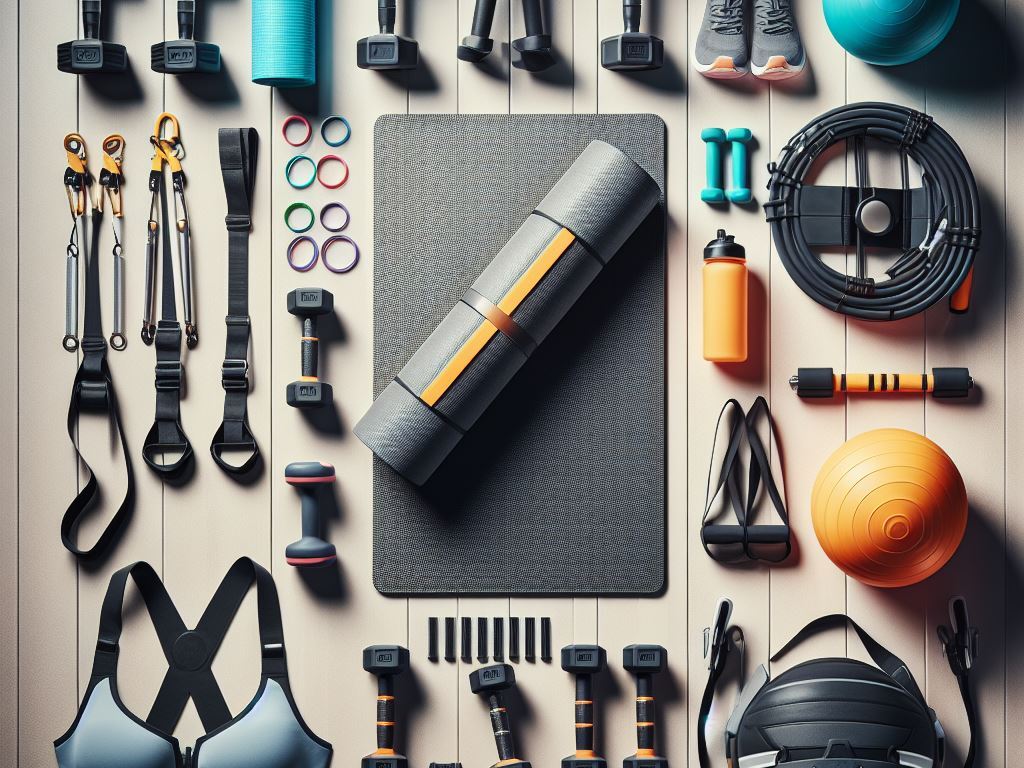
The Trap: Shiny new gadgets and machines with all the bells and whistles can be tempting.
However, if they don’t align with your workout routine, they’ll likely end up as expensive clothes hangers.
The Solution: Focus on equipment that supports your specific goals. Are you aiming for weight loss with cardio?
Look for a treadmill, exercise bike, or jump rope. Do you want to build muscle?
Invest in adjustable dumbbells, kettlebells, or a resistance band set.
Don’t get swayed by unnecessary features that won’t contribute to your fitness journey.
Mistake #2: Ignoring Space Limitations
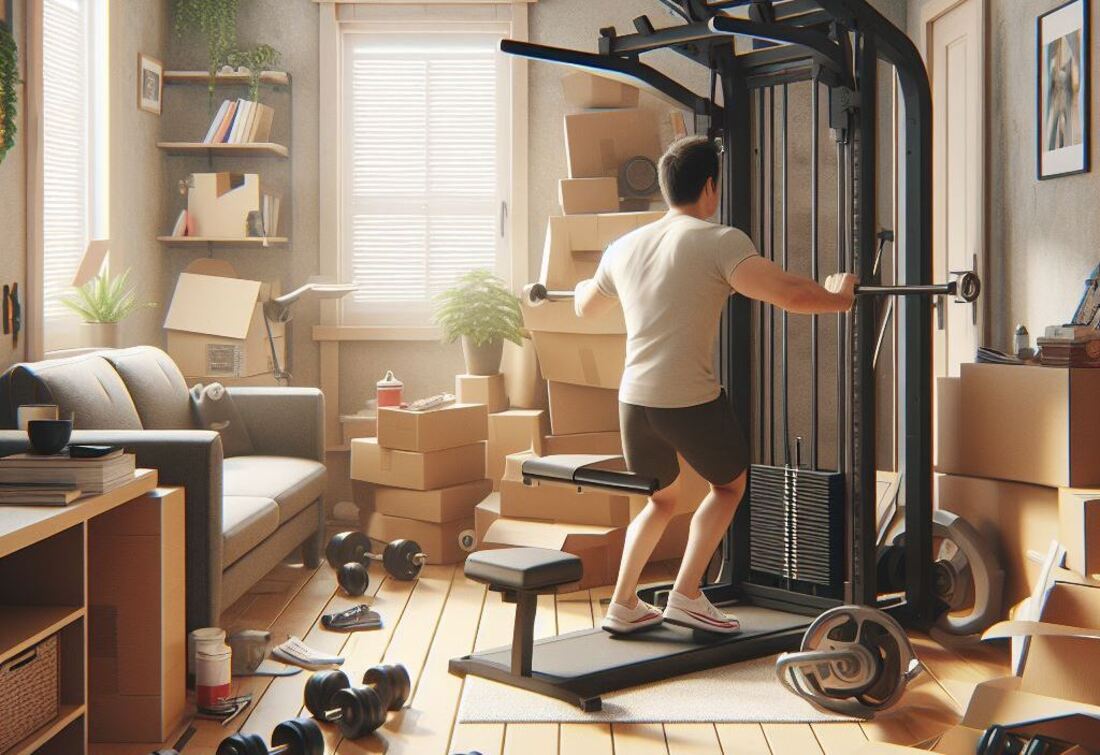
The Trap: Underestimating the footprint of equipment can lead to a cluttered and unusable workout area.
The Solution: Measure your workout space meticulously before you buy.
Consider the equipment’s dimensions in use and when stored.
Folding treadmills, wall-mounted weight racks, and resistance bands are space-saving solutions.
If you have limited space, prioritize versatile equipment you can use for multiple exercises.
Mistake #3: Going for the Cheapest Option

The Trap: Flimsy, low-quality equipment might seem like a bargain initially, but it’s prone to breakage and can lead to injuries.
The Solution: Invest in well-made equipment with a good warranty.
Look for established brands known for their durability.
Consider buying pre-owned equipment from reputable sellers if budget is a major concern.
Remember, cheap equipment can end up costing you more in the long run due to replacements and potential injuries.
Mistake #4: Forgetting About Warranty and Returns

The Trap: Equipment malfunction or buyer’s remorse can happen.
Without a proper warranty or return policy, you’re stuck with a useless purchase.
The Solution: Always check warranty coverage and return windows before you buy.
Look for warranties that offer protection against manufacturer defects and consider extended warranties for peace of mind.
A generous return policy allows you to try out equipment and ensure it’s the right fit for you.
Mistake #5: Neglecting Essential Accessories
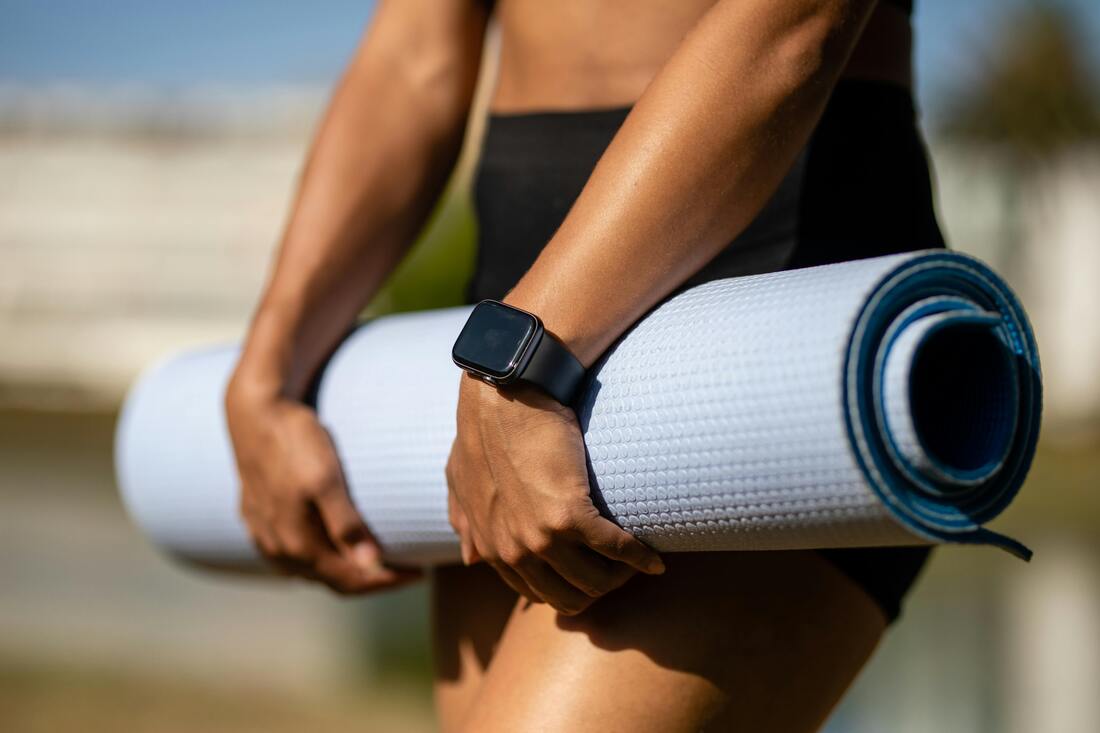
The Trap: While the main equipment takes center stage, essential accessories can significantly enhance your workouts.
The Solution: Don’t forget about exercise mats for floor exercises, comfortable workout clothes, and a water bottle to stay hydrated.
Consider additional home gym must-haves like weight lifting gloves for better grip, resistance bands for added difficulty, or a yoga mat for stretching.
These accessories can elevate your workout experience and support a wider range of exercises.
Bonus Tip: Consider Noise Levels
Living in an apartment or having noise-sensitive neighbors requires factoring in noise levels.
Treadmills and exercise bikes can be quite loud, while free weights and resistance bands are much quieter.
Choose equipment that won’t disrupt your household or neighbors.
Comparison Table: Choosing the Right Equipment for Your Needs
Here’s a table to help you compare different equipment options based on space requirements, cost, and suitability for various fitness goals:
| Equipment | Space Requirement | Cost | Suitability For | Noise Level |
|---|---|---|---|---|
| Treadmill | High | Moderate-High | Cardio | High |
| Exercise Bike | Moderate | Moderate | Cardio | Moderate |
| Adjustable Dumbbells | Low-Moderate | Moderate | Strength Training | Low |
| Kettlebells | Low | Moderate | Strength Training, Cardio | Low-Moderate |
| Resistance Bands | Low | Low | Strength Training, Flexibility | Low |
| Yoga Mat | Low | Low | Flexibility, Floor Exercises | N/A |
Remember to Start Slow and Gradually Increase Intensity
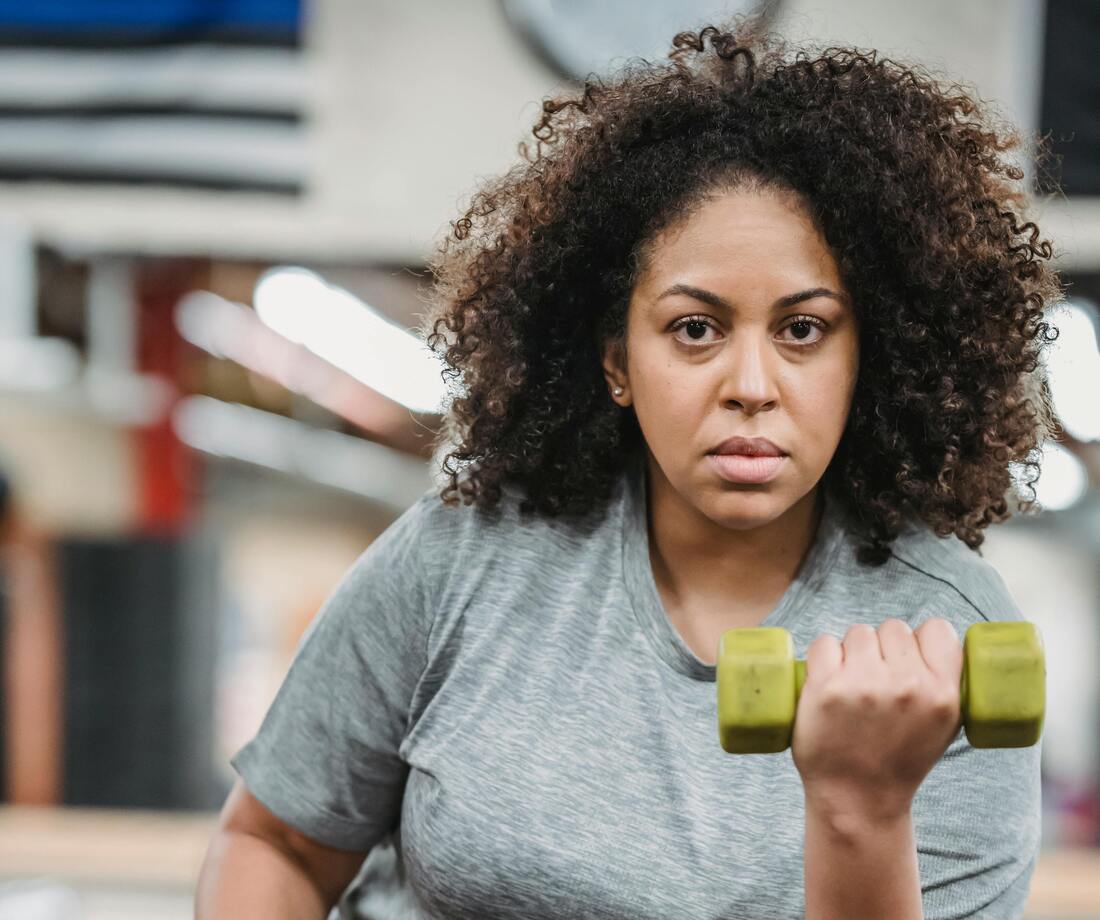
Enthusiasm is great, but starting too intensely with unfamiliar equipment can lead to injuries.
Listen to your body, prioritize proper form over heavy weights, and gradually increase weight or intensity over time to avoid setbacks.
Consulting a Certified Personal Trainer
For personalized workout plans and equipment recommendations, consider consulting a certified personal trainer.
They can assess your fitness level, goals, and any limitations to create a customized program and guide you on equipment selection.

Conclusion: Building Your Perfect Home Gym
By following these tips and avoiding common pitfalls, you can create a home gym that perfectly suits your needs and sets you up for fitness success.
Remember, the best equipment is the one you’ll actually use.
Choose wisely, prioritize quality over fancy features, and get ready to sweat it out in the comfort of your own home!
Don’t be afraid to start small and add equipment as you progress.
Consistency is key, so find a workout routine you enjoy and stick with it.
Your home gym should be a place that motivates you to reach your fitness goals, one step (or rep!) at a time.
So lace up your sneakers, grab your water bottle, and get ready to create a home gym that fuels your fitness journey!

